Eating is Dangerous (2016)
A virtual reality experience of an imaginary world developed over a year with Z.L. age 8
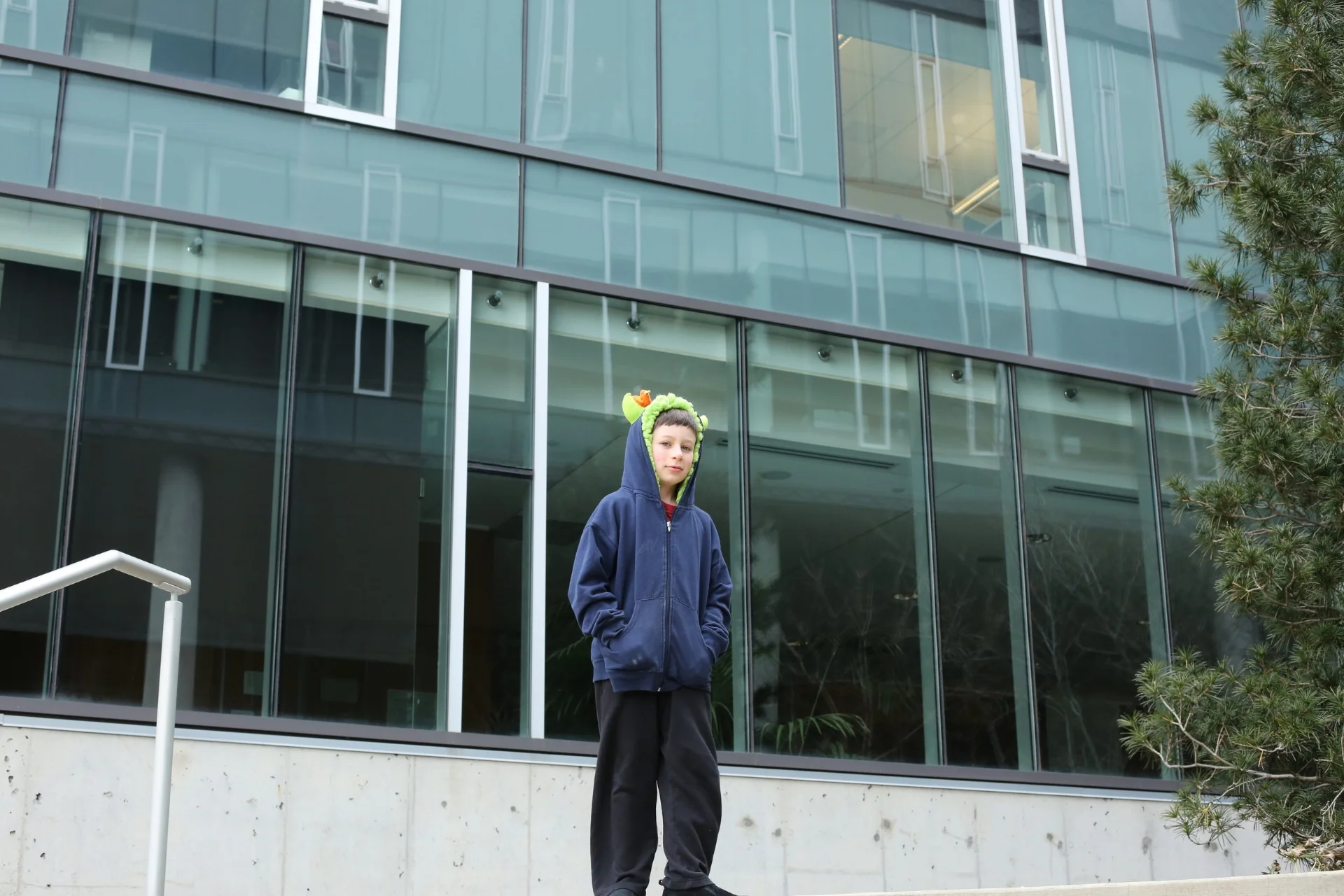

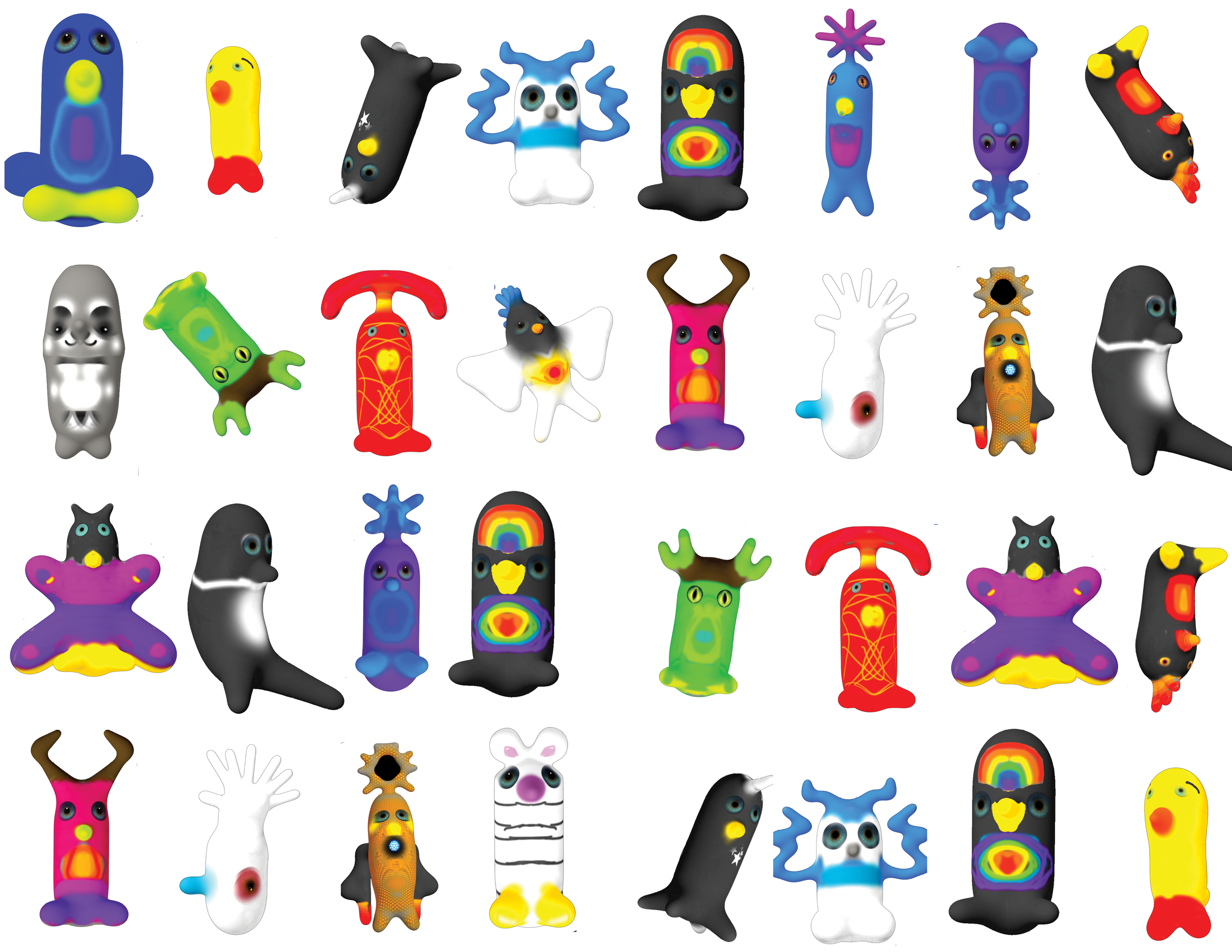
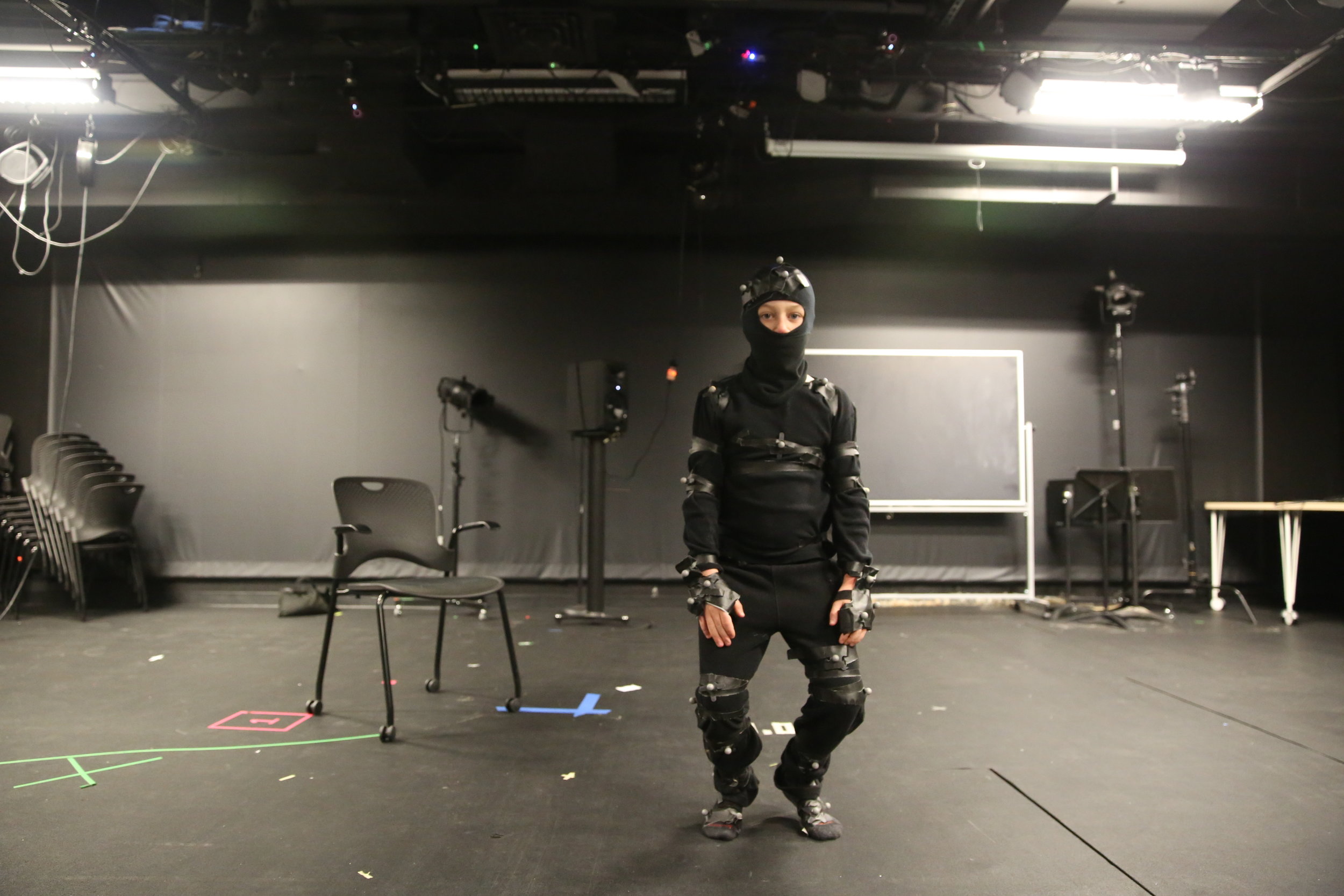

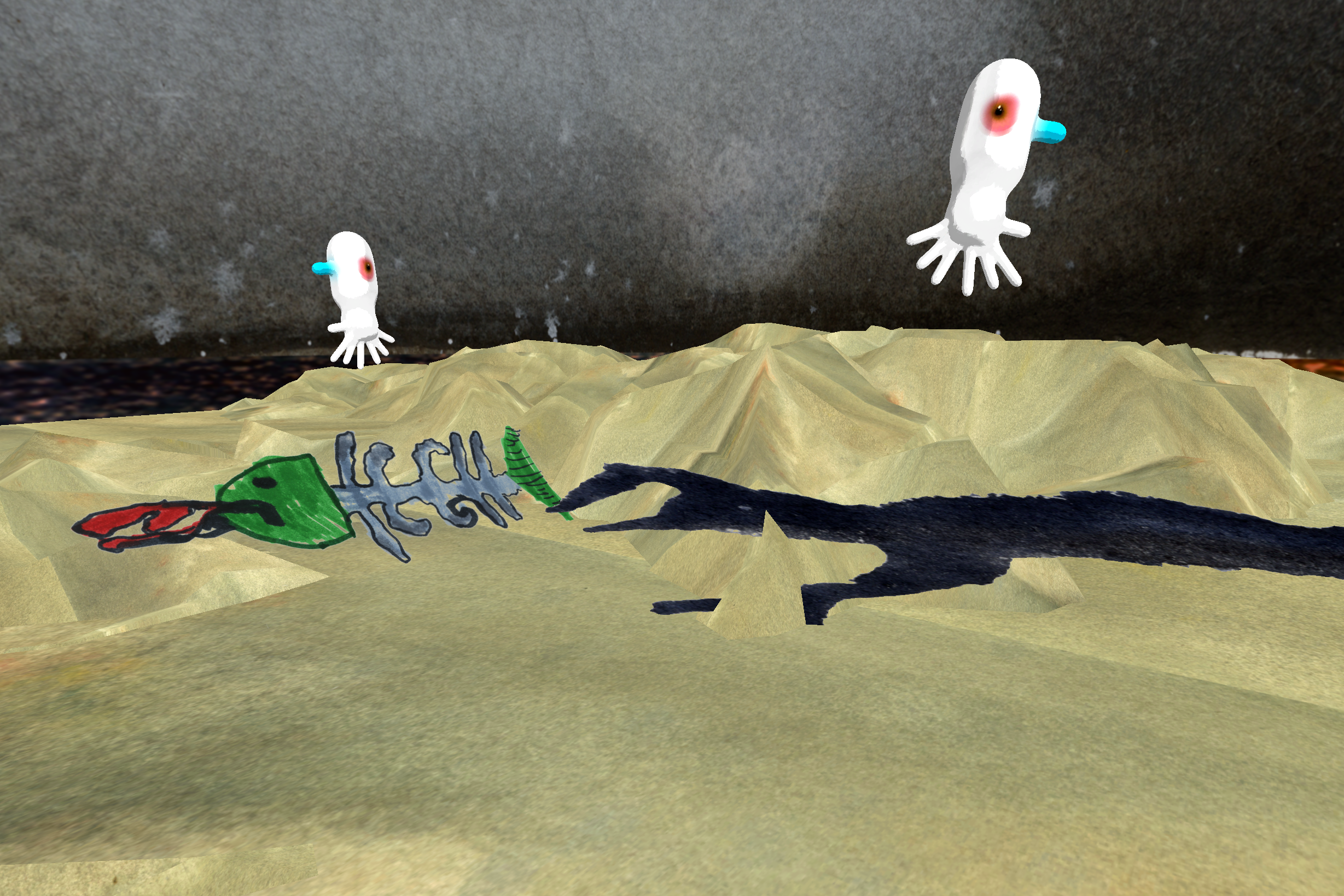
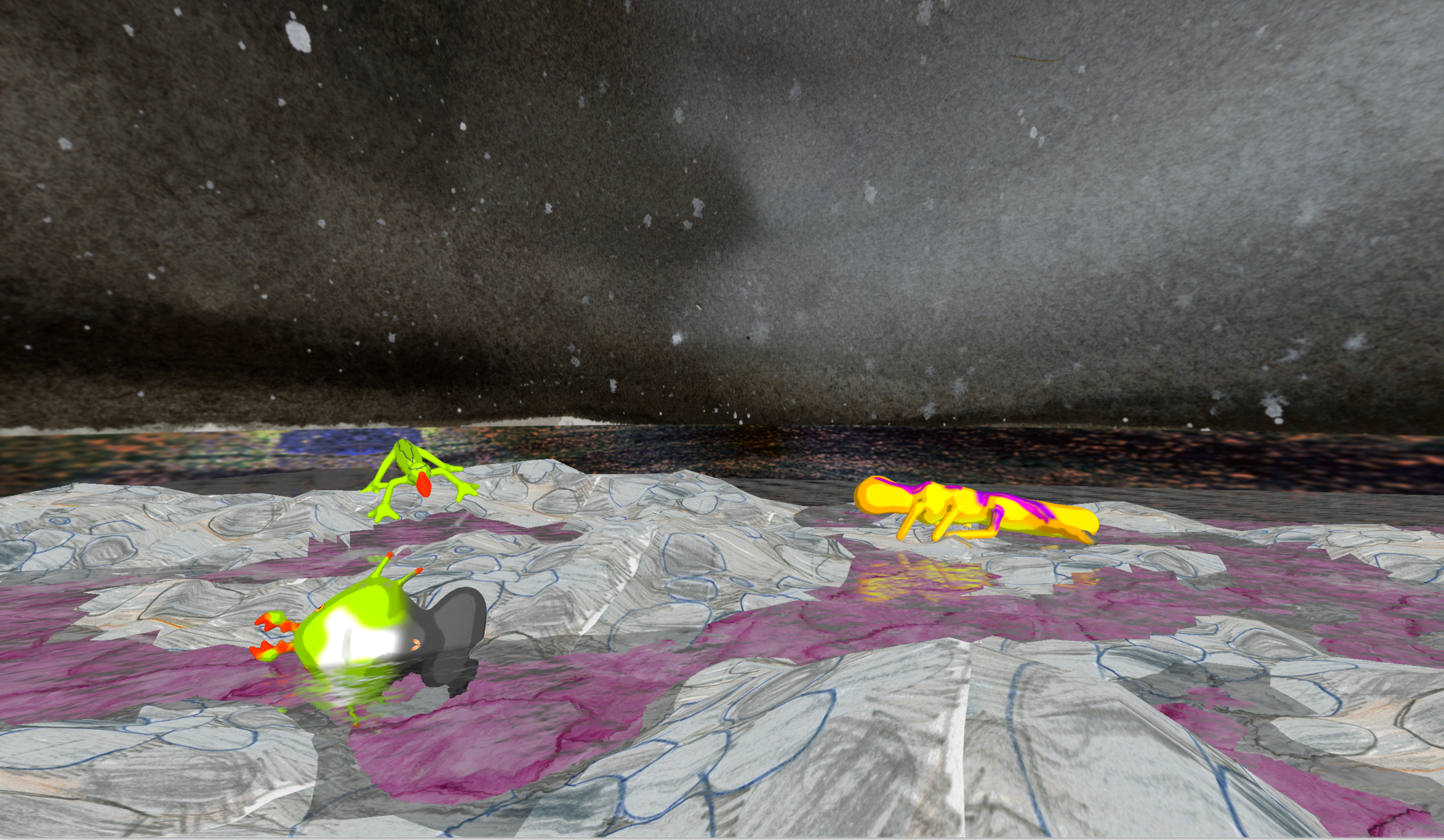
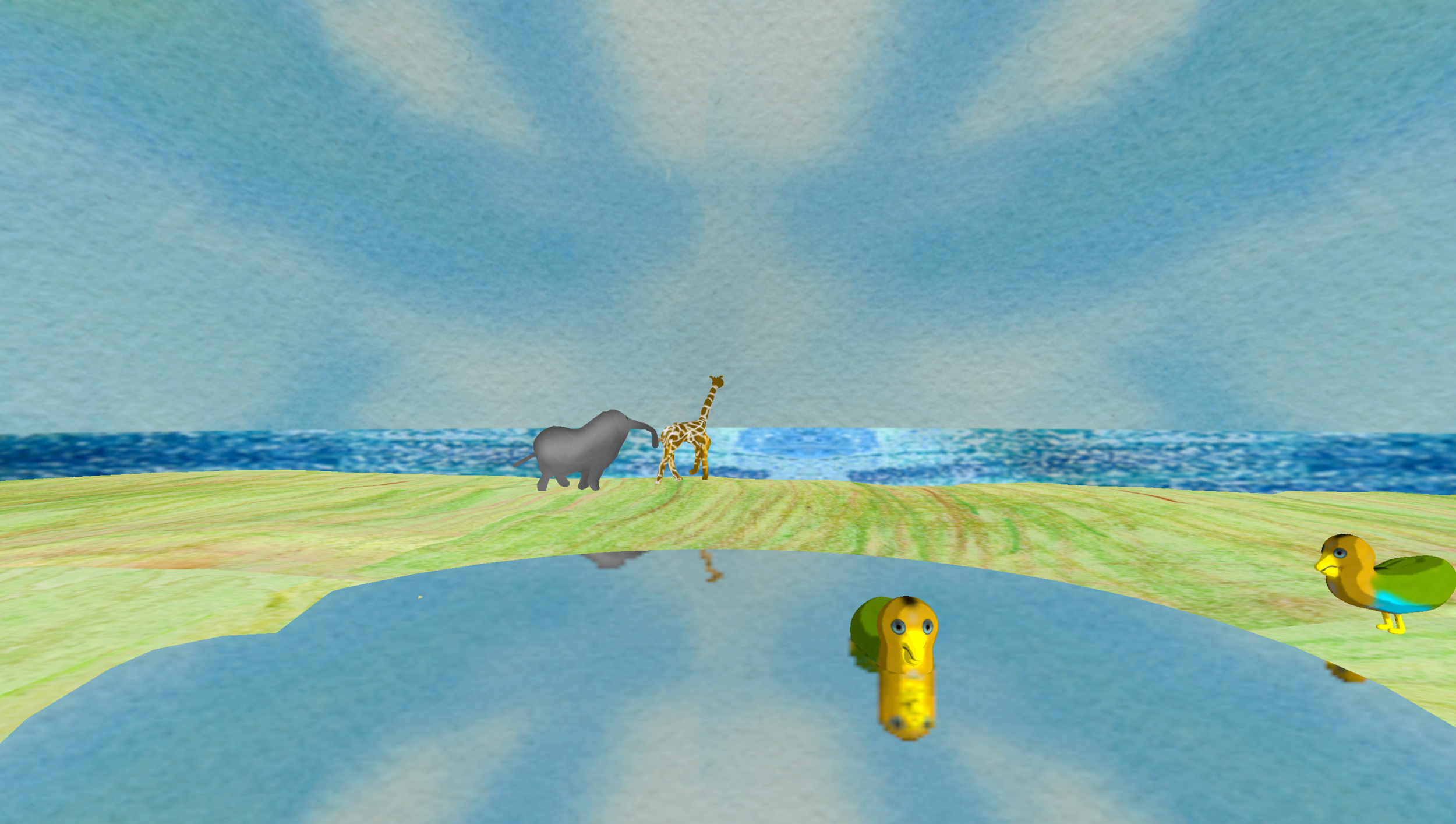
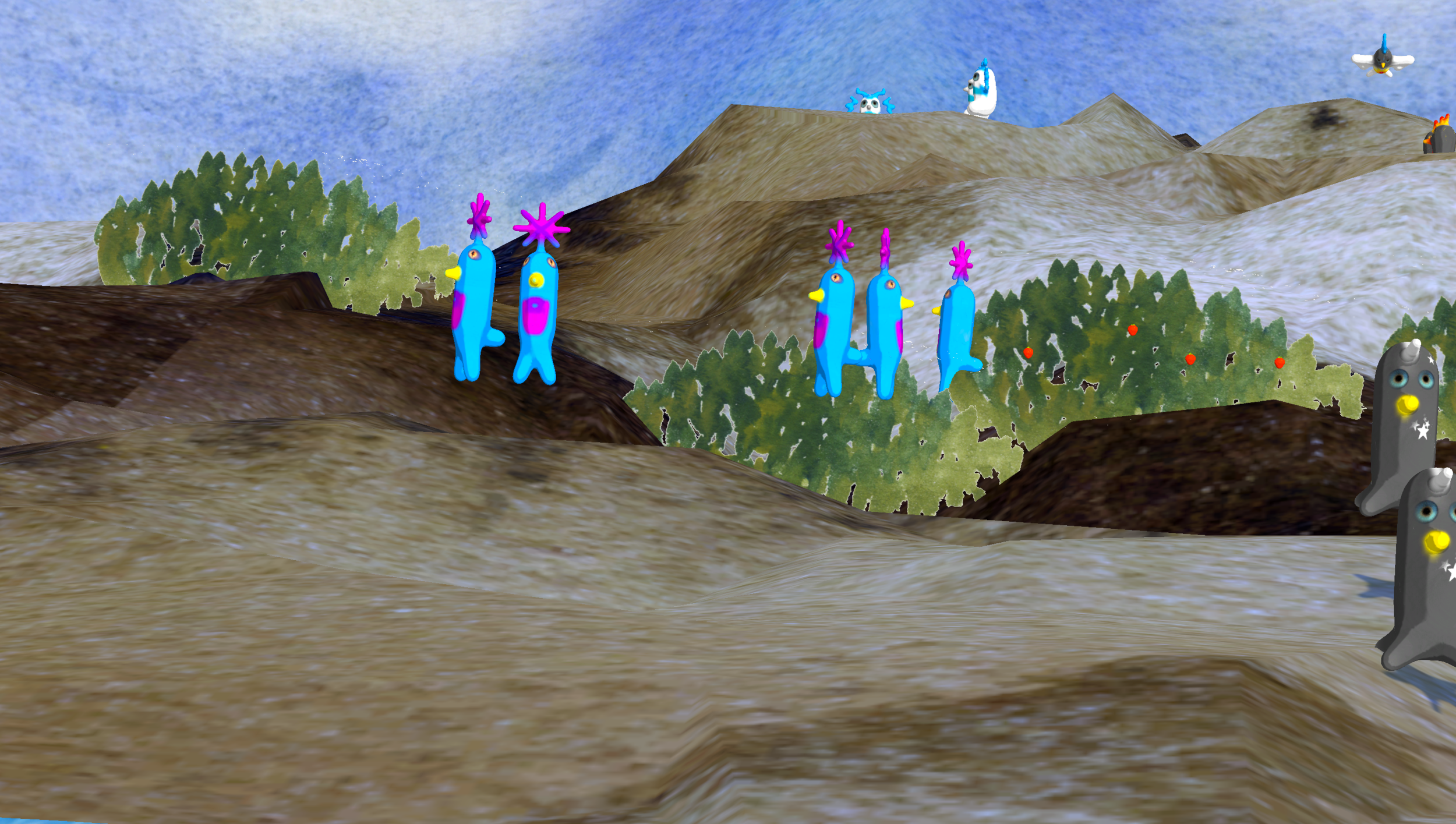
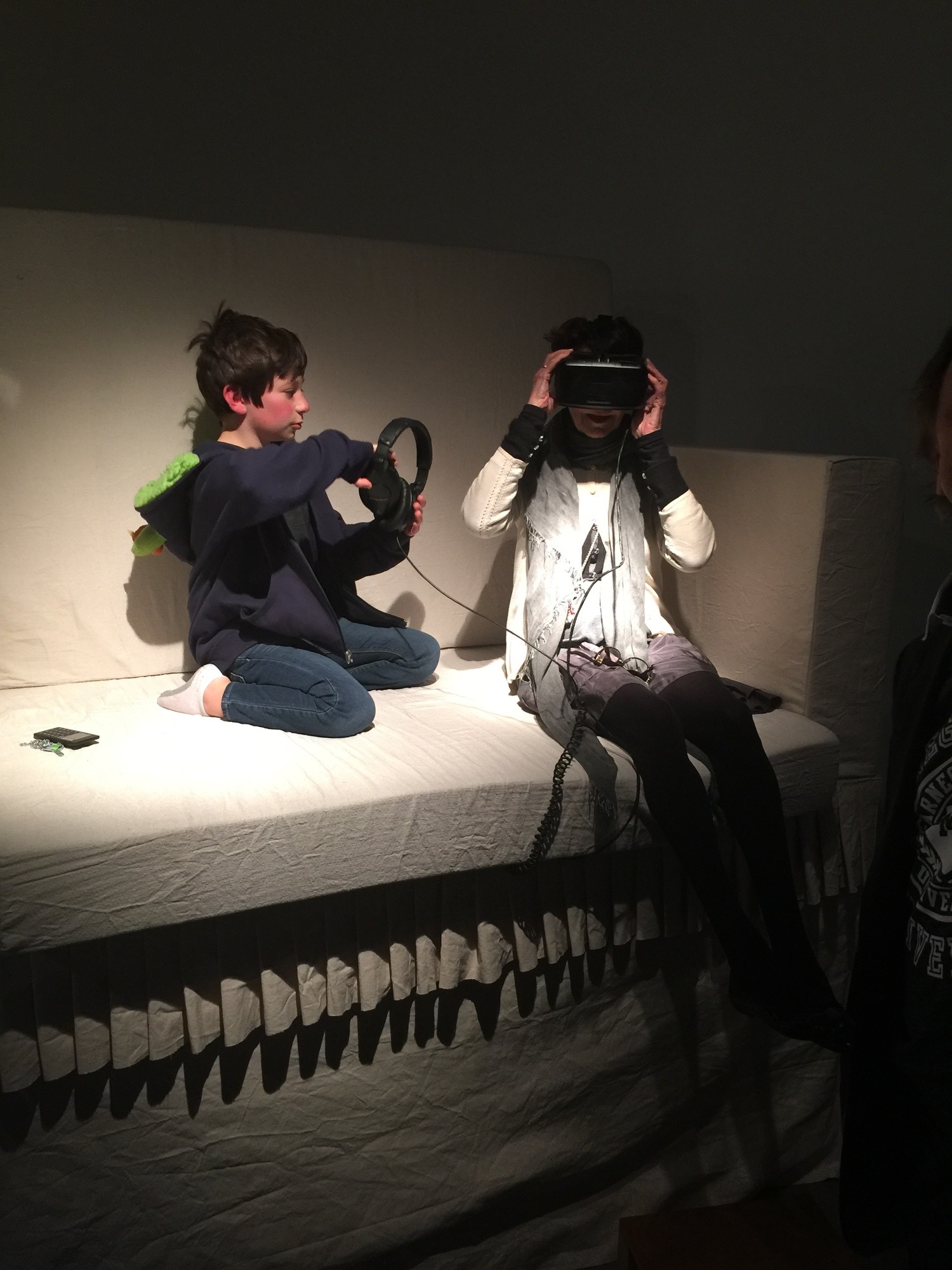
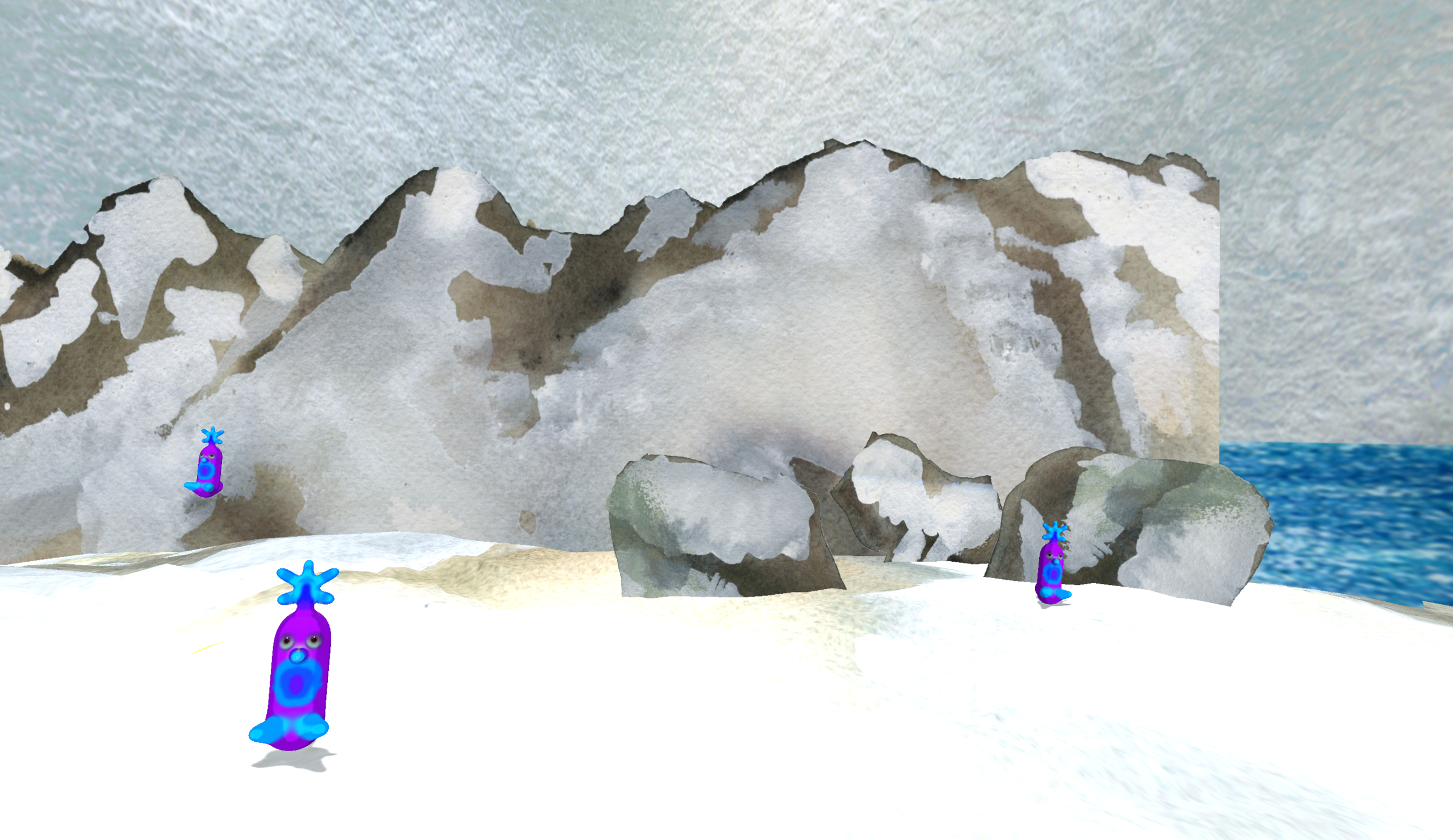
Eating is dangerous is a project that explored a future of childhood creativity through Virtual Reality. My interest in this project stems from a nostalgic desire I possess for the purity of childhood imagination, specifically, for the joy for world-building. I remember spending countless hours with my brother breathing life into an imaginary world, one that became more real with every hour of serious effort we put in to fully articulate the system and logic that defined our world. Our desire for godlike powers of creation were rendered plausible through the creation of tangible artifacts that backed up the legitimacy of this world. We created maps, passports, books, and articles of declaration all in support of the existence of our world. Something like graph paper, or legos can become the cornerstone of an imaginary world realized because childhood creativity is fueled by concrete building blocks. It is the reason behind the success of things like Minecraft and shrinkydinks. They serve as a platform for creation, and mimic seemingly adult means of legitimacy. We watched our parents travel by showing passports and explain their jobs by handing out business cards, and our imagination wanted the same kind of proof of existence. My project asks the question: can VR become the tangible platform for imaginary world-building?
In September 2017, I met Z.L., a then eight year old boy who possessed a familiar creativity and desire for adult credibility in a self defined logic structure. He and I got along because I could relate to feeling like the rules of the physical world were restrictive, but the products of that world were appealing. He and I began our collaboration by building a small foam structure, that over time became an entire universe with its own creatures, systems and logic. I had been working with virtual reality at the time, and it seemed to be the ideal application for this kind of creativity.
The “Eating is Dangerous” project stemmed from the desire to use virtual reality as a sandbox for childhood imagination. Zen and I began building a world together for virtual reality and he named the project. The most important piece of this project for me was to treat Zen’s imagination as hard fact, and only every ask him to flesh out his ideas in a more concrete way, a way that I could then turn into a digital asset for our virtual world. He and I spend three days a week, for one year building out an imaginary world. This was his homeschooling for a full year. We learned about maps and topology by making terrains, and islands. We learned about ecosystems and taxonomic ranking by making characters. We learned about motion and physics by giving them movement. And we learned about the power of taking imagination really seriously by making a world together.
The one year proejct culminated in an exhibition of the virtual world, presented on top of an oversized armchair. As Z. sat next to you and talked you through the world he made, you and him were both in a shared imagination space together, on top of a big chair feeling small and powerful. I am very proud of this project.